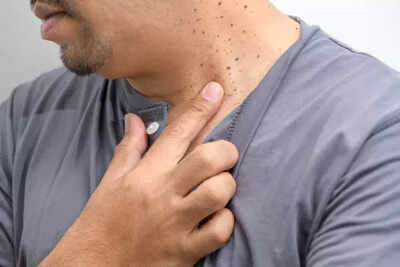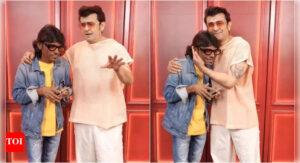Skin tags vs warts vs moles: How to tell the difference |
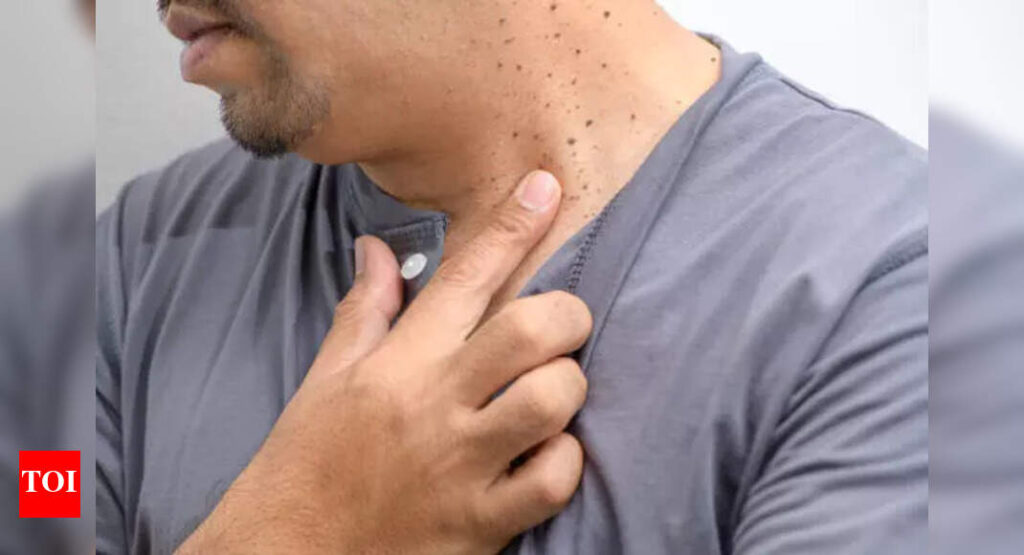
As an oculoplastic and facial aesthetic surgeon, I often encounter several patients who are concerned about small growths on the face and eyelid region. While some of these are harmless, some may require medical attention or removal for cosmetic or functional reasons. Among these common concerns are- Skin tags, warts and moles, which are three seemingly similar concept that in reality are quite different from each other in terms of origin, appearance and risk. Having a proper understanding of how to differentiate among them helps in making informed decisions about the treatment and removal.
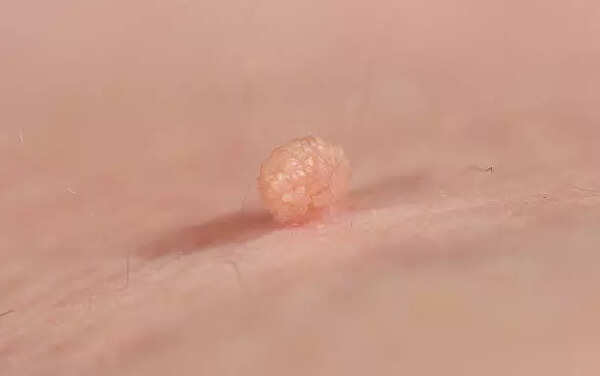
1. Skin Tags: Soft, Harmless, and CommonWhat they are:Skin Tags also known as Acrochordons are soft, benign skin growths that develop in areas where there is friction between two skin surfaces or with clothing- like the neck, eyelids, underarms and groin. They are usually flesh- coloured or slightly darker and hang off the skin by a thin stalk (pendunculated). How they feel and look:They are usually small, soft, and movableOften shaped like a tiny balloon on a stalkUsually painless unless irritated by friction or jewelleryWhy they appear: They are commonly found in middle- aged or overweight individuals and those with diabetes. During pregnancy, hormonal changes can also trigger them. Treatment: Although, skin tags are mostly harmless and don’t require removal until and unless they are irritated or are cosmetically bothersome. Removal methods include- cryotherapy (freezing), snip excision, or electrocautery, all of which are quick and in- clinic procedures.
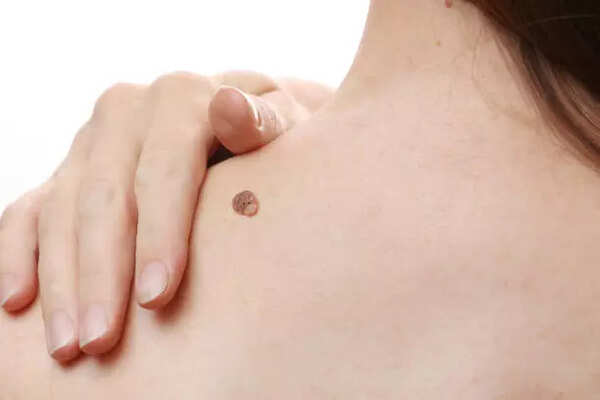
2. Warts: Caused by a VirusWhat they are: Caused by Human Papillomavirus (HPV), warts are rough, raised growths. They are contagious and can spread through skin- to- skin contact or by sharing personal items like razors or towels.How they feel and look:They are rough, firm, and grainy textureMay appear grayish, brown, or flesh-coloredOften have tiny black dots (clotted blood vessels) on the surfaceWhy they appear: Warts are commonly found in children and in people with weakened immune systems. It can develop anywhere, but are particularly bothersome around the eyes or face due to aesthetic reasons.Treatment: Since warts are viral, treatment aims at removing the growth and controlling the recurrence. Treatment options include cryotherapy, laser ablation, topical acids, or electrosurgery. In delicate areas like the eyelids, surgical excision by an oculoplastic surgeon helps in ensuring the safety and minimizes the risk of scarring.3. Moles: Pigmented and Potentially RiskyWhat they are: Nevi or moles refer to pigmented skin cells that cluster together. They are mostly benign but some can also develop into melanoma a type of skin cancer especially if they change in size, colour or shape.How they feel and look:Usually brown or black, but can be flesh-colored or pinkMay be flat or raisedCan be round, oval, or irregular in shapeWhy they appear: Moles can be present from birth or can develop due to sun exposure and genetic factors. They usually appear during childhood or adolescence but can change over time. For understanding it’s warning signs, we follow the ABCDE rule which is- asymmetry, Border irregularity, color change or multiple colours, a diameter over 6mm, changing shape, size and symptoms which can cause itching and bleeding.Treatment: While benign moles do not necessarily require removal, suspicious ones should be examined by a dermatologist or surgeon. Excision with biopsy acts as the golden standard for diagnosis. When on the eyelids or face, precision is essential for preserving aesthetics and function making oculoplastic evaluation especially valuable.ConclusionWhile skin tags, warts and moles might appear similar, their causes and implications vary significantly. In my practice, especially when these growths are on or around the delicate eye area, accurate diagnosis is extremely crucial not just for aesthetic purposes but for overall skin health. If you are unsure about a skin growth or notice any changes, make sure that you seek a professional evaluation. It’s always better to be cautious about your skin and more importantly your eyes, as they deserve expert care.By Dr. Sneha Shah, Oculoplastic & Facial Aesthetic Surgeon
